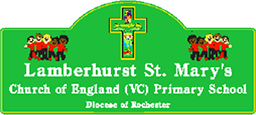What is read write inc?
Read Write Inc (RWI) is a phonics programme which helps children to learn to read and write. It was developed by Ruth Miskin, a leading consultant on early reading. More information can be found at:
How do we teach phonics at Lamberhurst St. Mary’s Primary School?
In Ruby Class (YR) children are taught Set 1 sounds first, making sure that the children use the correct pronunciation so that they are able to blend the sounds in words more easily. We do not teach the letter names at this stage. We use ‘Fred Talk’ to say the sounds out loud to blend into words.
 Fred the frog can only talk in sounds and the children need to blend to find out what he is saying: ‘Fred says m-a-t. We say mat’.
Fred the frog can only talk in sounds and the children need to blend to find out what he is saying: ‘Fred says m-a-t. We say mat’.
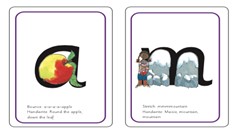 At this stage the children are not only taught the sound that the letter makes but also how to form the letter with a picture prompt and a rhyme.
At this stage the children are not only taught the sound that the letter makes but also how to form the letter with a picture prompt and a rhyme.
Set 1 sounds are:
m a s d t i n p g o c k u b f e l h r j v y w z x
Set 1 ‘special friends’ (two letters, one sound) are:
sh th ch qu ng nk
Once children are blending sounds to read words then they will start reading sound blending books and ditty sheets.
Up until the end of Term 2 (Christmas) the class are taught as a whole, with 1:1 support provided if needed.
At the start of Term 3 (YR) Ruby Class children are assessed and are placed in storybook groups with KS1 depending on which sounds they are working on and their level of fluency.
All pupils across EYFS and KS1 are assessed every term and move to groups according to the sounds that they are working on. We never ask children to read books with sounds that they haven’t learned yet.
If they know all the Set 1 sounds children may be reading:
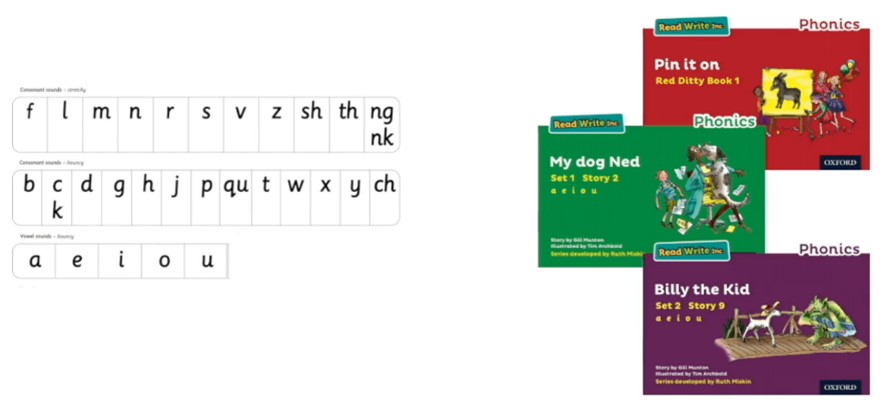
Set 2 sounds are:
ay ee igh ow (snow) oo oo (look) ar or air ir ou oy
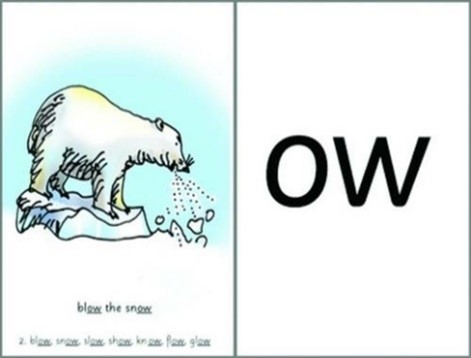
Each Set 2 sound has a rhyme to accompany it when the sound is taught. They cannot be sounded out with single letter sounds as they contain ‘special friends’ (2/3 letters, 1 sound).
For example, snow contains the ow sound, so Fred would say: s-n-ow.
ow - blow the snow
If they know all the Set 2 sounds children may be reading:
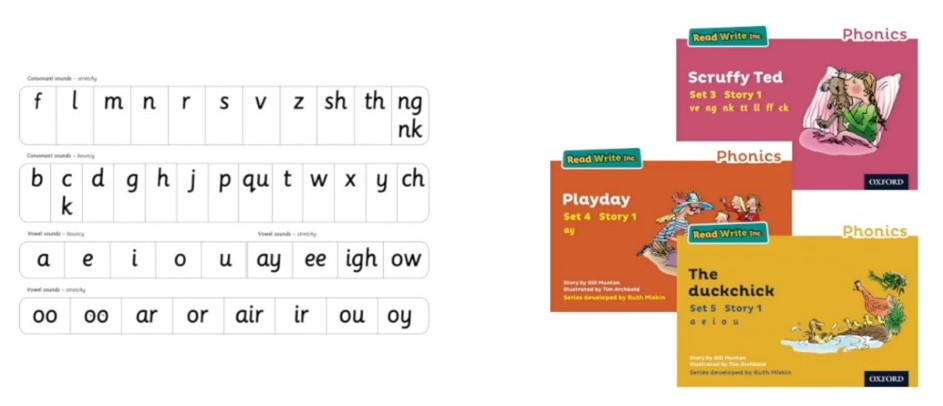
Set 3 sounds are:
ea oi a-e i-e o-e u-e aw are ur er ow ai oa ew ire ear ure
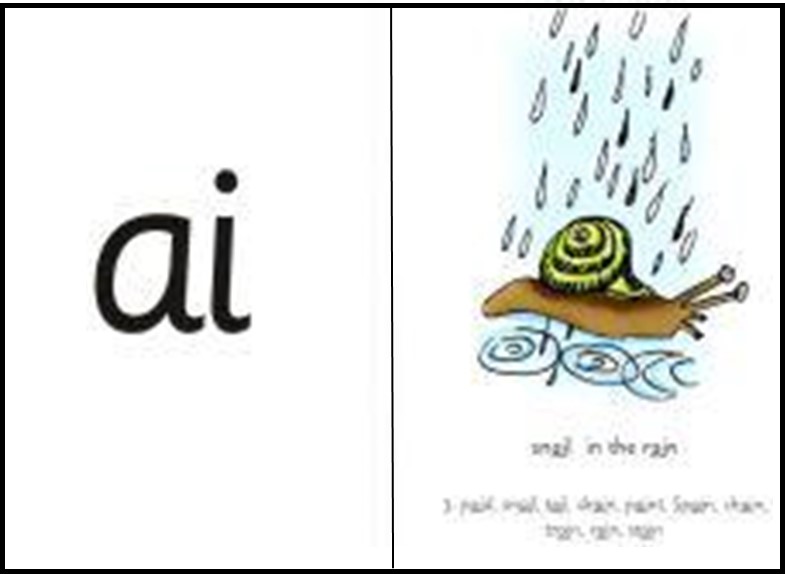
Set 3 sounds also have ‘special friends’.
For example, snail contains the ai sound, so Fred would say: s-n-ai-l.
ai – snail in the rain
When the children are learning Set 3 sounds they learn that for one spoken sound (phoneme) such as ‘ur’ there can be a number of ways of writing this sound (grapheme). For example, ir, ur and er.
whirl – wh-ir-l
nurse – n-ur-se
letter – l-e-tt-er
If they know all the Set 3 sounds children may be reading:
Additional sounds are: tion cious tious ie ck au wh ph e-e ue kn
Red Words
These are words that cannot be decoded with phonics as they are irregular. Children are taught to recognise, read and spell these words. Some examples are: love, put and the.
Beyond RWI
Once the children have completed the RWI scheme (grey books) and are assessed to be fluent readers they will then start the Accelerated Reader scheme which continues through the school to Year 6.
Reading at home
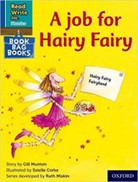 To begin with, your child will bring home sound cards to revise, QR codes to watch phonics virtual lessons and short blending books or ditty sheets to read.
To begin with, your child will bring home sound cards to revise, QR codes to watch phonics virtual lessons and short blending books or ditty sheets to read.
Once they are blending and know the Set 1 sounds, each week they will bring home the storybook that they have read in school together with a matching ‘book bag’ book. Your child will read this book to you using their phonic learning and will not need to guess at any word. It is helpful to read the books a few times over the week to gain fluency. There are questions at the back to discuss the texts and help with comprehension.
Children will also bring home a ‘gold’ book which is a book for parents to read to their child and enjoy with them.
